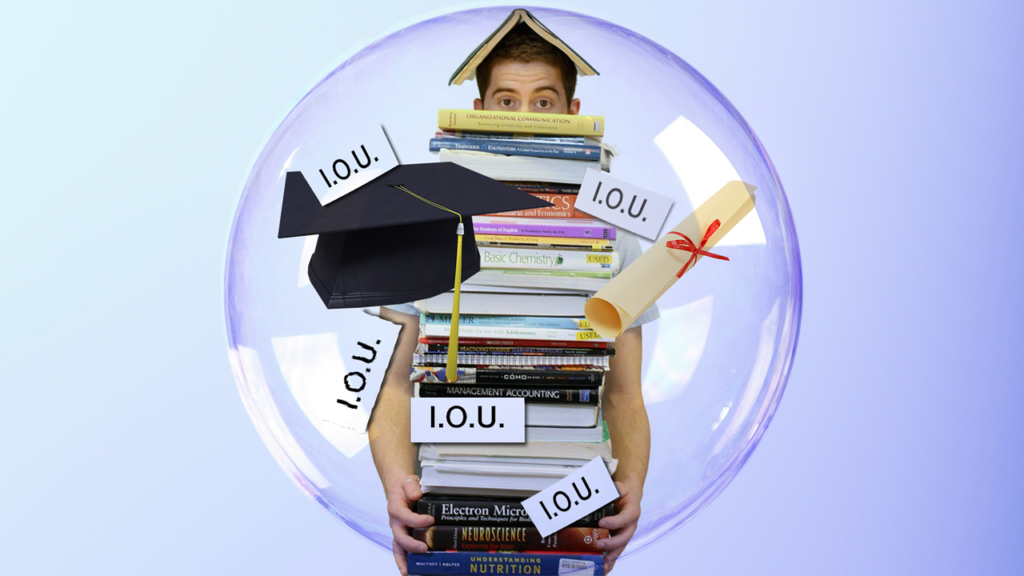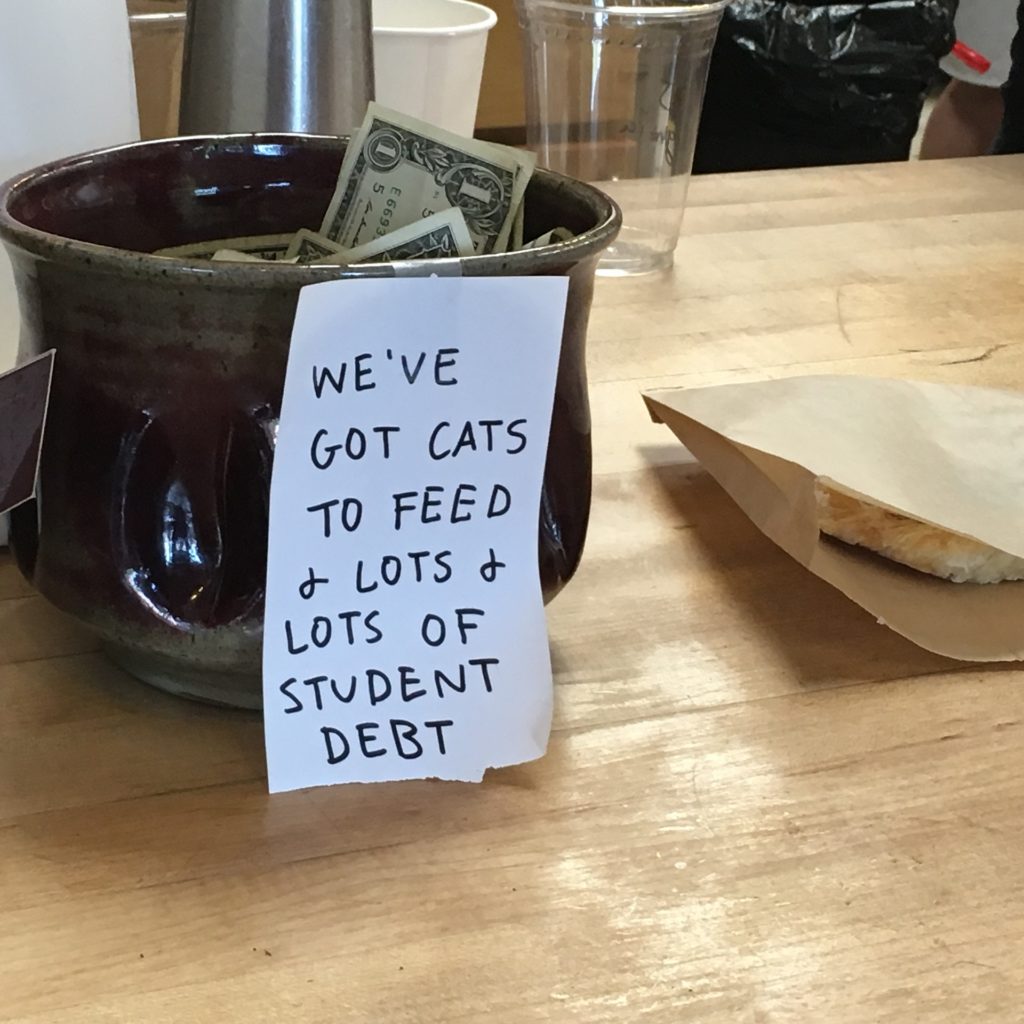
Post-secondary education can be expensive, and students often have to take advantage of a variety of opportunities available to help them pay for this cost. Students typically receive a financial aid package from the financial aid office of their school upon acceptance and for each semester or year during which they enroll in coursework.

Financial aid for higher education can include scholarships, work-study programs, grants, and loans offered by local, state, or federal government or by private entities such as non-profit organizations, banks, credit unions and others. Typically, as long as a scholarship or grant is used for its intended purpose, a student does not have to pay it back upon graduation. However, should the student not use the scholarship or grant for its intended purpose, they may owe money to the organization that funded them either during their studies or after they have completed their program. Students who take out private and/or federal loans to cover the cost of their education must start paying back their loan amount (plus accrued interest) when they graduate, withdraw from college, or if they enroll at less than half-time status. The first step in paying back loans is determining the type of loan(s) you have and the repayment terms.
Depending on the type of loan a student has, repayment options will vary. There are private and federal loans, and it is not uncommon for a student to use a mix of both to finance their education. A federal loan is a loan that has been provided by the federal government, whereas a private loan is provided by a lender other than the federal government, such as a bank, credit union, state agency, or a school. Federal loans include Perkins Loans, Direct Subsidized and Unsubsidized Loans (including Stafford Loans), as well as Direct PLUS Loans. Though the federal government ceased disbursing Perkins loans in 2018, many students are still paying off these loans. The first step in making repayment plans is to determine which type of loans you have and the terms of repayment for each.

Repayment of student loans can be the first major financial obligation that students must manage after they have completed post-secondary training and/or college. Many students will have more than one loan to repay; it is important to pay attention to the separate terms for each one.
Lenders can provide information about the various private student loan repayment plans. They may offer plans similar to federal loans or give discounts for automatic debit payments. It is important to carefully read the private loan contract and to explore options with the lender.
Typical Private Student Loan Repayment Plans:
Terms for Repayment:
Check with the National Student Loan Data System to learn the number and amount of the loans a student has.
Federal Student Loan Repayment Plans Include:
Terms for Repayment:
Use this Calculator to determine the amount of your monthly payment.
Repayment Tips:
So that a good credit rating can be established and/or maintained, repaying student loans on time is important.
There are options available for individuals facing hardship repaying their student loans. The most important thing to do during a period of hardship is to proactively communicate with your lender! Call your lender to discuss available options before you miss a payment. Everyone goes through hardship – ignoring the problem or failing to make payments without communicating with your lender will only make things worse.
Two types of temporary assistance that are often provided to individuals going through financial hardship are deferment and forbearance. When a student’s loan goes into deferment, their payments are postponed and interest may or may not need to be paid. When a student’s loan goes into forbearance, payments on the loan principal are either postponed or reduced, though the student is still responsible for paying interest on the loan.
For additional information on other temporary relief options, check out the Department of Education’s Student Aid website and consult your lender.
If one or more of your federal student loans has gone into delinquency or default, it is important to actively address the situation so that you can begin to demonstrate fiscal responsibility. Rectifying the delinquency or default and leaving it well in the past will improve your likelihood of qualifying for a security clearance. A loan is considered delinquent after your first missed payment, but there are options available for someone with a delinquent loan to avoid default. A loan that remains delinquent over a period of time (varying depending on the type of loan) will go into default.
The federal government offers a variety of options to get out of default on a federal student loan. These options include loan rehabilitation (where you pay a specific amount that is tied to your income for 6-9 months and then enter a standard repayment plan), loan consolidation (where you pool your defaulted loans into one new loan that you then pay off according to an income-driven repayment plan), and full repayment.
Private student loans will have specific terms for delinquency and default that are set by the lender. A student facing delinquency or default on a private student loan should contact their lender immediately for information on their repayment options.